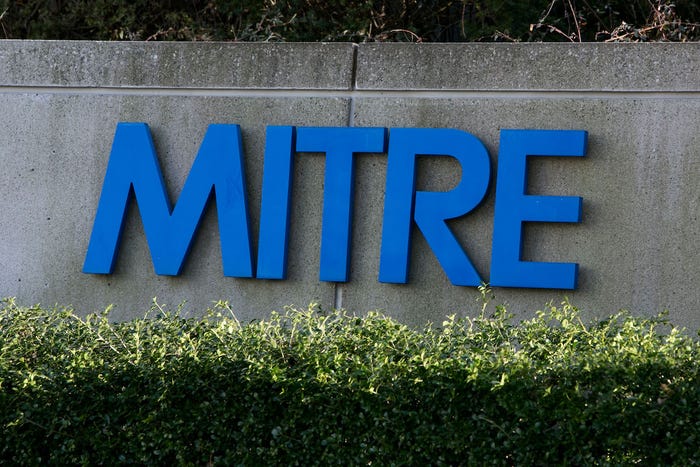Intrusion detection and prevention systems are subject to exploitation by attackers employing multiple simultaneous evasion methods, cautions the Finnish security firm.


Strategic Security Survey: Global Threat, Local Pain
Strategic Security Survey: Global Threat, Local Pain (click image for larger view and for full slideshow)
Most intrusion detection and prevention systems (IDS/IPS) are vulnerable to being exploited by attackers who combine multiple evasion techniques at once, according to Stonesoft, a Finnish security firm.
"These threats are difficult to detect because the IPS cannot easily categorize or reference what it is seeing," said Stonesoft. "Add several evasions together, and evade at multiple levels simultaneously, and you have a method the IPS can no longer recognize." Indeed, the IPS or IDS wouldn't even know that it had been exploited. Stonesoft said it discovered the vulnerabilities while testing its own IPS product.
According to Jack Walsh, intrusion detection and prevention program manager at security testing organization ICSA Labs, part of Verizon Business, "We were able to validate Stonesoft's research and believe that these advanced evasion techniques can result in lost corporate assets with potentially serious consequences for breached organizations."
What's an example of how an AET works? Almost any IDS or IPS would stop attackers who try to use packet fragmentation -- a technique for fooling a firewall into loading the wrong packets, to evade security controls -- said a Stonesoft spokesperson. "However, if this is combined with random IP options and a manipulation of how data is to be interpreted on the target -- Big Endian/Little Endian -- the attacker can successfully deliver a payload containing any attack." (Big Endian and Little Endian refer to how processors handle the most versus the least significant bytes they must process.)
Stonesoft shared details of the vulnerabilities with the Finnish national computer emergency response team (CERT-FI), which will coordinate information sharing with affected vendors. While no specific manufacturers have been disclosed, Jussi Eronen, head of vulnerability coordination at CERT-FI, said, "the issues identified by Stonesoft affect a range of content inspection technology."
Furthermore, even though AETs aren't exploits but rather techniques for fooling an IDS or IPS, CERT-FI said that it "considers these techniques to be vulnerabilities, as they successfully subvert existing protections."
Read more about:
2010About the Author(s)
You May Also Like
The fuel in the new AI race: Data
April 23, 2024Securing Code in the Age of AI
April 24, 2024Beyond Spam Filters and Firewalls: Preventing Business Email Compromises in the Modern Enterprise
April 30, 2024Key Findings from the State of AppSec Report 2024
May 7, 2024Is AI Identifying Threats to Your Network?
May 14, 2024
Black Hat USA - August 3-8 - Learn More
August 3, 2024Cybersecurity's Hottest New Technologies: What You Need To Know
March 21, 2024




